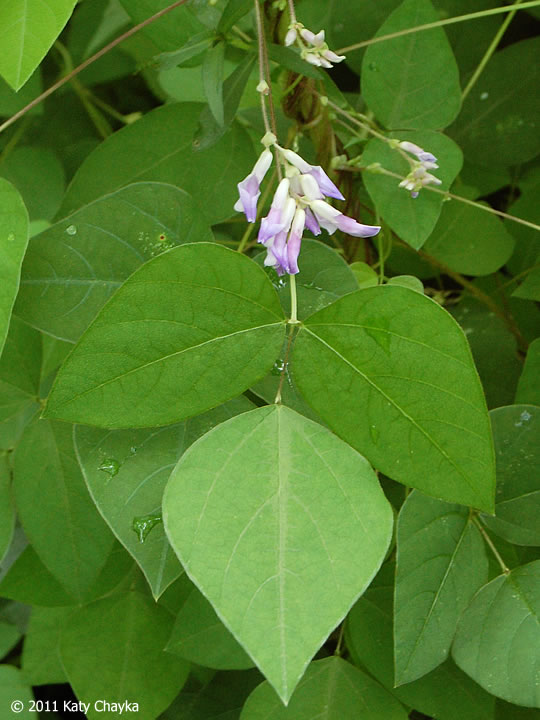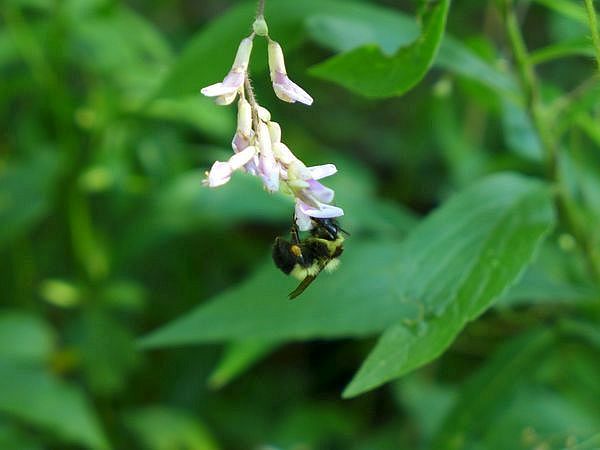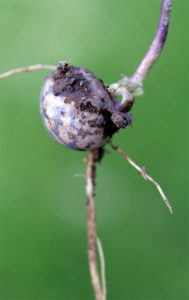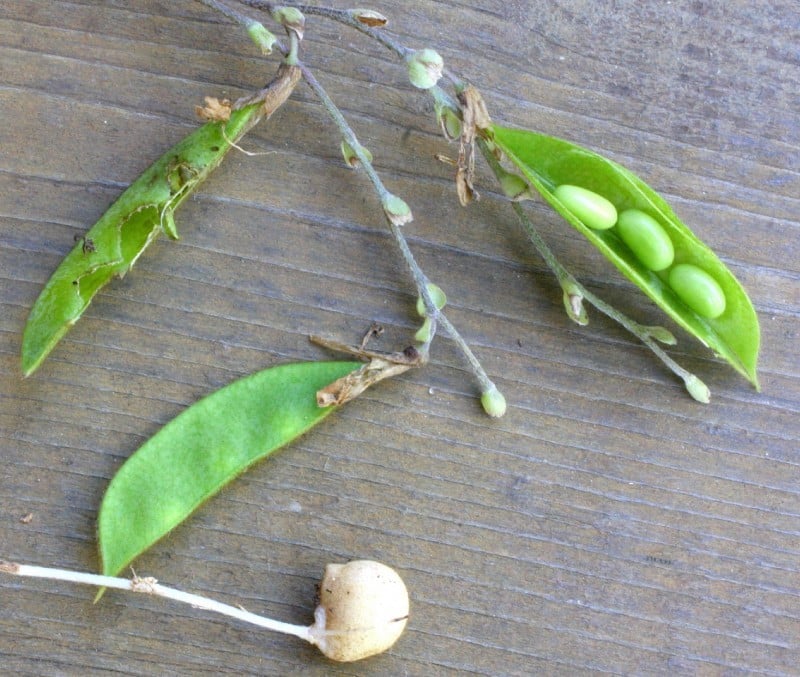WHAT is the American Hog-Peanut?
Hey friends and family! Hope you’ve all been enjoying these last bits of summer. Though this summer has been unique across America, one thing hasn’t changed for us Ohioans: Summer goes by so DARN quick! And now that it’s the end of August, we might be finding ourselves slipping into that lull of warm weather contentment; I know I am!
Well today, we’re snapping RIGHT out of that! Because this week, we’re gonna talk about the American hog-peanut.


Credit: Katy Chayka, courtesy Minnesota Wildflowers
I read about this little plant in one of Harriet Keeler’s wondrous books: “Our Northern Autumn, A Study of its Characteristic Flowers, Its Brilliant Foliage and its Conspicuous Fruits…” Living from 1846-1921, Keeler was not only an outstanding writer, but also a key figure in the Cleveland Public Schools and our area’s Women’s Suffrage Movement. If you want to learn more, check out CVNP’s new article: https://www.nps.gov/articles/000/honoring-harriet-keeler-at-brecksville-reservation.htm August 2020 marks the 100th anniversary of the 19th Amendment and that’s something we should ALL celebrate! 😊
BACK to the American hog-peanut. This vining pea plant likes to live in our moist meadows, prairies, woodland edges, and more! As a member of the legume family, Fabaceae, it’s known and appreciated for its role in Nitrogen fixation in our soils.
But that’s not even the cool part! This plant has both two different types of flowers AND two different types of seeds. Crazy, right? The first flowers that we notice right away on this plant are bunches of white and purple tubular flowers. The white part is actually the flower’s calyx (it’s whorl of sepals, which typically look like small green leaves beneath a flower’s petals) and the purple part forms the flowers corolla, or its whorl of petals. These flowers are open for business for purple-loving pollinators like bees and butterflies.


Credit: Nathanael Pilla, courtesy Save the Dunes; and Kate St. John
It’s second flower, however, is MUCH more conspicuous. These cleistogamous flowers (or flowers that remain closed and thrive by self-pollination only) can lay close to the ground or even underground on the plant’s stolons (or stem runners that take can root to form new plants). Yea, that’s right, the American hog-peanut has UNDERGROUND flowers. I guess the beetles and the worms deserve a beautiful summer show too, amirite?
Because it has two types of flowers, the American hog-peanut also produces two types of seeds. When the above-ground seeds mature, they look like brown pea pods which hold the plant’s bean-like seeds. The below-ground seeds skip the whole pod step and are simply a solo bean pod that sprouts its roots and begins to grow!


Left 4 panels: Mature aboveground seed pods and seeds. Right panel: mature underground seed pod with roots. Credit: Susan Mahr, courtesy University of Wisconsin-Madison.


Left: 3 green, aboveground seed pods; 1 white, belowground seed pod. Credit: Jerry Davis, courtesy Madison.com
Right: top- 3 larger belowground seeds, bottom: 3 smaller aboveground seeds. Credit: , Arthur Haines
This vine is out here masquerading as a mainstream wildflower, but it’s actually living a literal underground double life that we don’t usually get to see. I don’t know about you, but that gets me super jazzed and ready to explore CVNP so I can see one of these crazy plants for myself!
Take care, everyone! Stay safe and have fun out there!
P.S. Want to learn more about this little plant? Here are some well-done articles and online guides! As always, feel free to comment your remarks and questions on this journal post or message me directly on iNaturalist!
- An online guide for wildflowers found in Illinois, written and photographed by John Hilty: https://www.illinoiswildflowers.info/savanna/plants/hog_peanut.html
-
University of Wisconsin-Madison’s article from the Master Gardener Program, written and photographed by Susan Mahr:
https://wimastergardener.org/article/american-hog-peanut-amphicarpaea-bracteata/



Comments
Thanks for such an informative article. I’ve been noticing this in our State and local parks (MN, USA). However, in this line: “It’s second flower, however, is MUCH more conspicuous.”— did you you mean “inconspicuous”? ~ Rebecca
Add a Comment